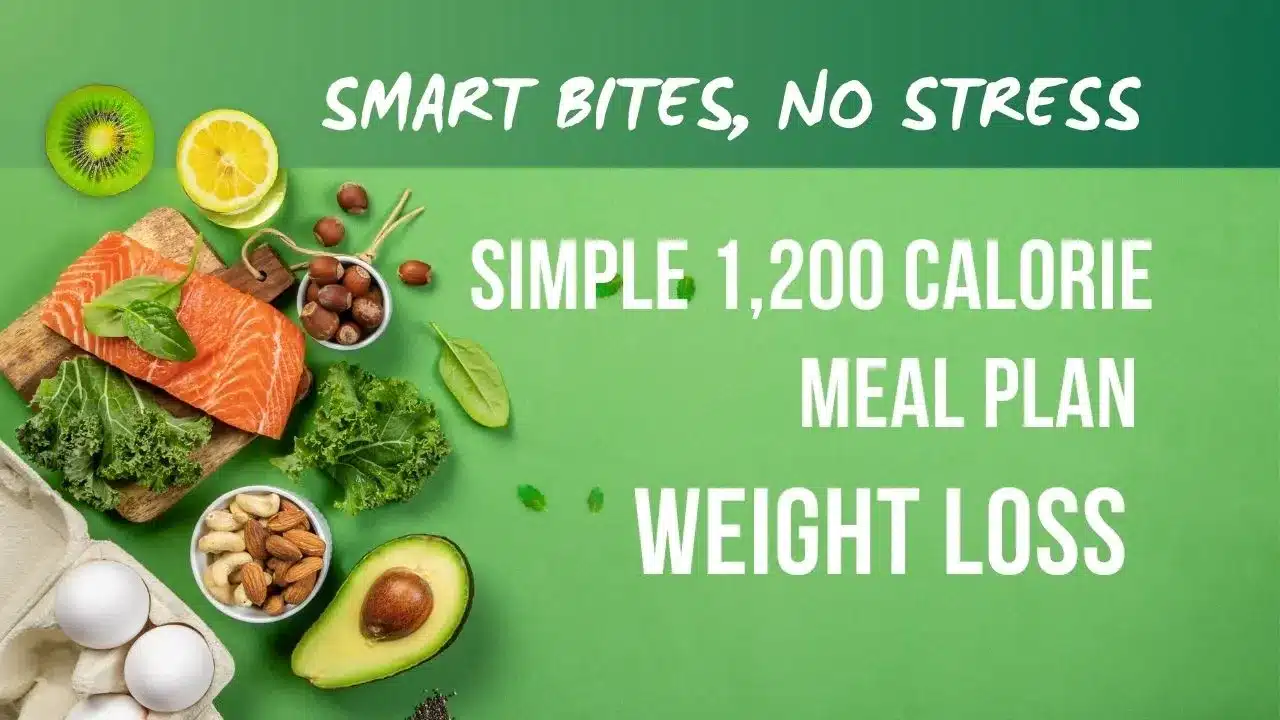Simple 1,200 Calorie Meal Plan for Healthy Weight Loss.
Introduction
Losing weight can feel overwhelming, but a well-structured 1,200 calorie meal plan makes it simple and sustainable. This guide provides everything you need to successfully follow a 1,200 calorie diet while getting proper nutrition, staying satisfied, and achieving your weight loss goals.
Who Should Try a 1,200 Calorie Diet?
- Petite women (under 5’4” with a sedentary lifestyle)
- Those with slow metabolisms (due to age or hormonal factors)
- People looking for short-term weight loss (8–12 weeks)
Who Should Avoid It?
- Active individuals (needs may exceed 1,500+ calories)
- Pregnant/nursing women
- Anyone with a history of eating disorders
Disclaimer: Always consult with your doctor before starting any calorie-restricted diet, especially if you have underlying health conditions, are pregnant or breastfeeding.
Source: NIH Study on Calorie Restriction
Why 1,200 Calories?
A 1,200-calorie meal plan is often recommended for safe, sustainable weight loss.
Benefits:
- Steady fat loss (1–2 lbs per week)
- Helps preserve muscle mass
- Teaches portion control and mindful eating
Not Recommended If:
- You exercise more than 4x/week
- You’re pregnant or breastfeeding

The Science Behind Weight Loss Calorie deficit explained (once!).
How Calorie Deficit Works:
- 3,500 calories = 1 lb of fat
- A daily deficit of 500 calories = 1 lb/week fat loss
Why 1,200 Calories?
- It is often the minimum safe daily intake for women for short-term fat loss
Metabolic Adaptation:
- Follow for 8–12 weeks
- Gradually increase to 1,500 calories/day for weight maintenance
Macronutrient Breakdown:
| Nutrient | Grams/Day | Calories | Food Examples |
|---|---|---|---|
| Protein | 90–110g | 360–440 | Chicken, tofu, Greek yogurt |
| Carbs | 100–130g | 400–520 | Quinoa, berries, sweet potatoes |
| Fats | 35–45g | 315–405 | Avocado, nuts, olive oil |
Pro Tip: High-protein diets preserve muscle and reduce hunger. (2024 AJCN Study)
7-Day Meal Plan (1,200 Calories/Day).
Day 1
- Breakfast (295 cal): 2 eggs scrambled with 1/4 cup spinach, 1 slice Ezekiel toast, black coffee
- Lunch (355 cal): 3 oz grilled chicken, 2 cups spring mix, 1 tbsp balsamic vinaigrette
- Snack (95 cal): 1 small apple + 6 almonds
- Dinner (450 cal): 4 oz baked salmon, 1/2 cup quinoa, 1 cup steamed broccoli
Day 2
- Breakfast: 1/2 cup oatmeal, 1/4 cup blueberries, 1 tbsp almond butter
- Lunch: Tuna salad (3 oz tuna, 1 tbsp olive oil, 1 cup cucumber, 1/2 avocado)
- Snack: 1/2 cup Greek yogurt + 1 tsp chia seeds
- Dinner: 3 oz grilled tofu, 1/2 cup brown rice, 1 cup sautéed kale
Day 3
- Breakfast (280 cal): 1 boiled egg, 1 slice whole grain toast, 1/2 avocado, herbal tea
- Lunch (360 cal): 1 cup lentil soup, mixed greens with olive oil, 3 whole grain crackers
- Snack (90 cal): 1/2 cucumber + 2 tbsp hummus
- Dinner (470 cal): 3 oz grilled chicken, 3/4 cup sweet potatoes, 1 cup green beans
Day 4
- Breakfast (290 cal): 3/4 cup Greek yogurt, 1 tbsp flaxseed, 1/4 cup strawberries
- Lunch (350 cal): 3 oz turkey breast, 1 slice whole grain bread, 1/2 cup coleslaw
- Snack (105 cal): 1 boiled egg, 1 mandarin orange
- Dinner (450 cal): 4 oz cod, 1/2 cup quinoa, 1 cup sautéed zucchini
Day 5
- Breakfast (300 cal): 1/2 cup oats, 1 tbsp peanut butter, 1/2 banana
- Lunch (340 cal): Whole grain wrap with 2 oz hummus, shredded carrots, spinach, avocado
- Snack (110 cal): 8 almonds + 1/2 apple
- Dinner (450 cal): 3 oz tofu, 1 cup cauliflower rice, 1 cup mixed bell peppers
Day 6
- Breakfast (285 cal): Smoothie (1/2 banana, 1/2 cup almond milk, chia seeds, spinach)
- Lunch (360 cal): 3 oz grilled shrimp, mixed greens, cherry tomatoes, olive oil
- Snack (95 cal): 1 string cheese, 1/2 pear
- Dinner (450 cal): 4 oz grilled chicken, 3/4 cup Brussels sprouts, 1/2 cup mashed cauliflower
Day 7
- Breakfast (295 cal): 1 boiled egg, 1 slice Ezekiel toast, 1 tbsp almond butter, black coffee
- Lunch (350 cal): 1/2 cup cottage cheese, 1 baked sweet potato, cucumber salad
- Snack (100 cal): 1/2 banana, 1 tsp peanut butter
- Dinner (450 cal): 3 oz tofu, 1/2 cup brown rice, 1 cup stir-fried bok choy
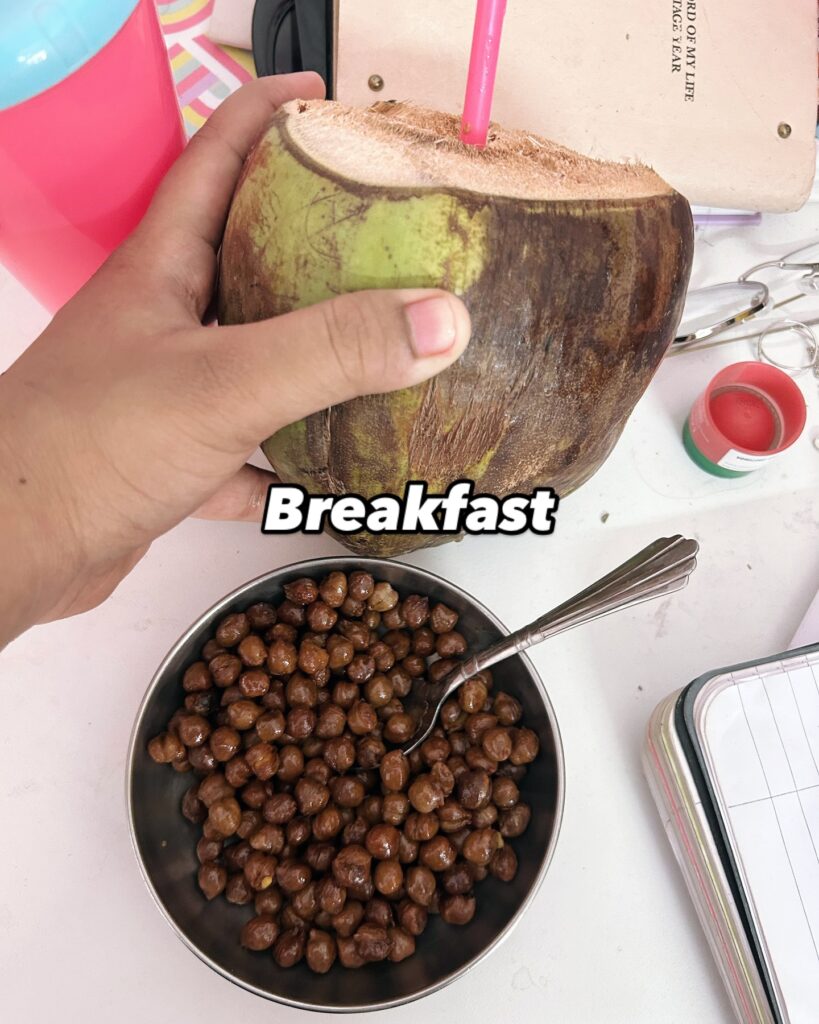
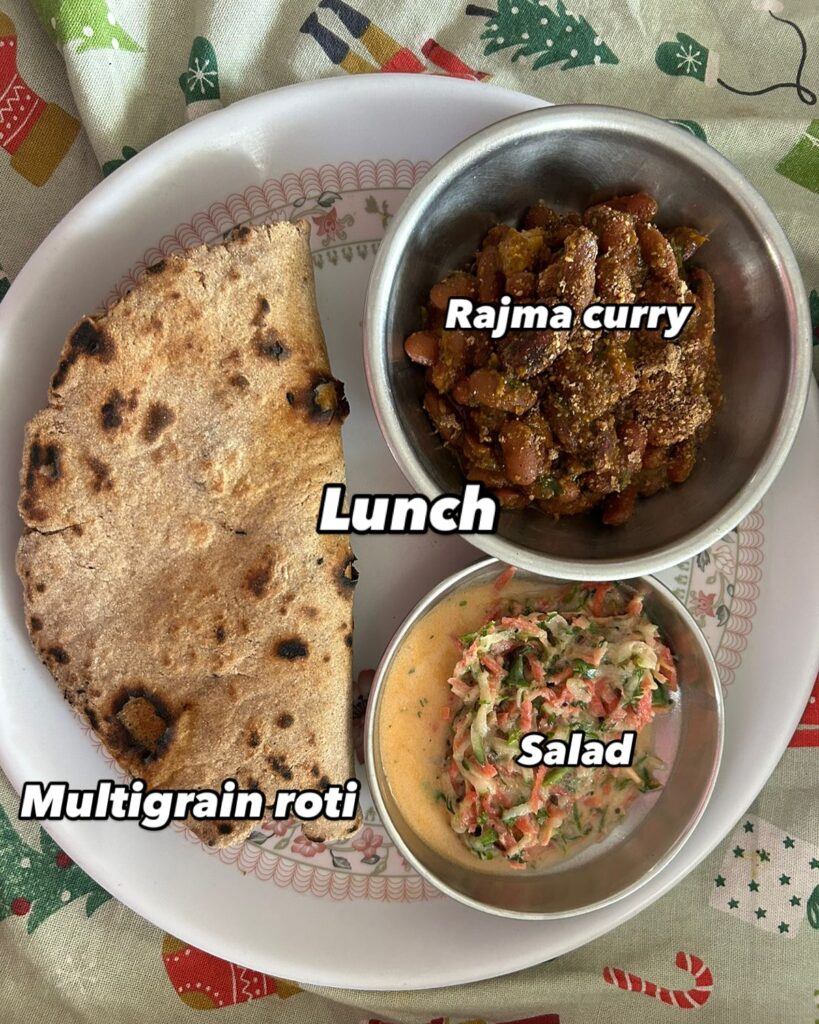
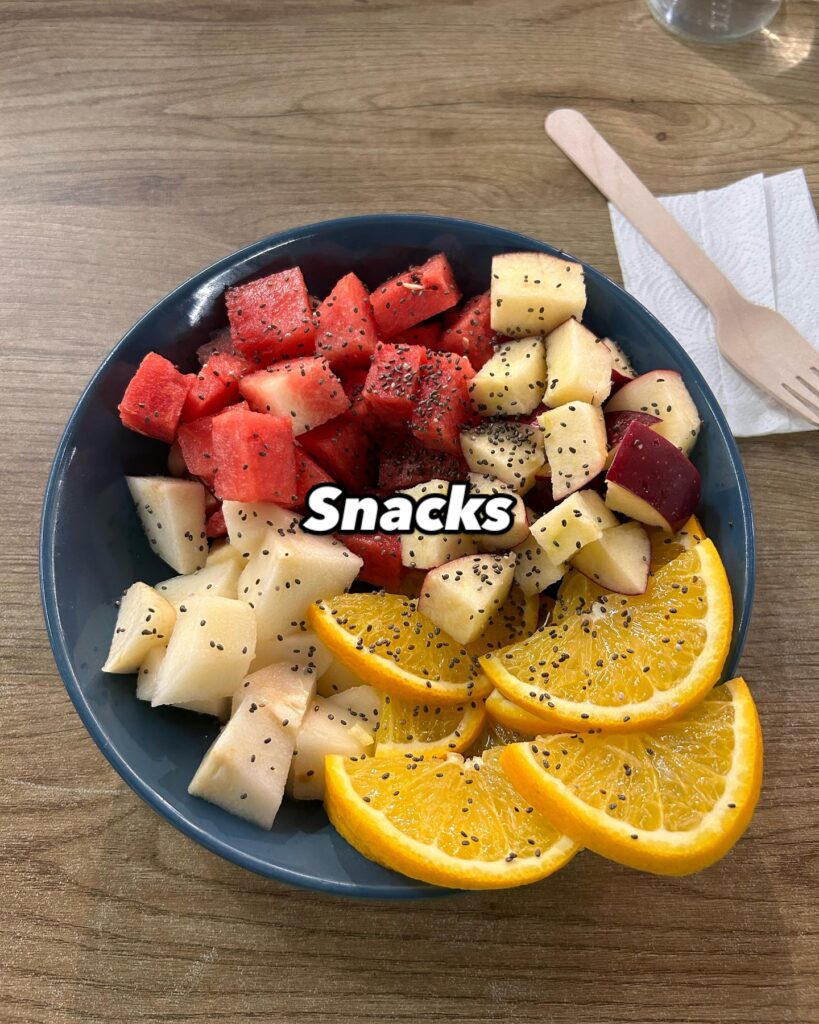
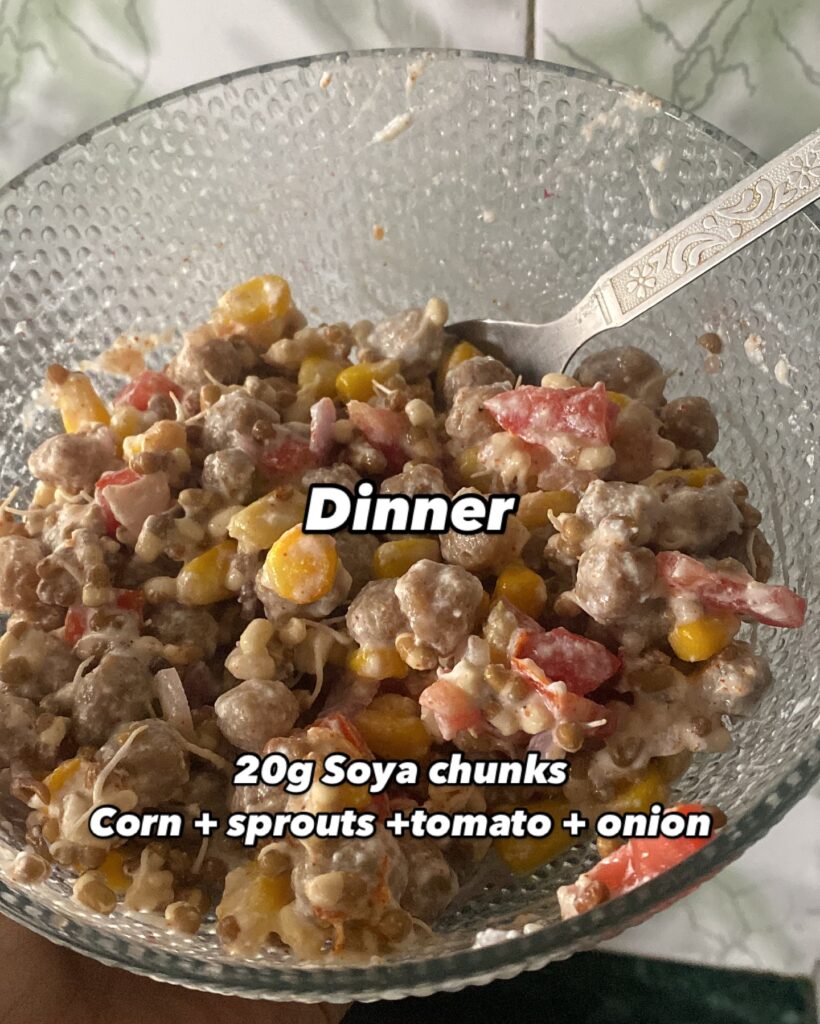
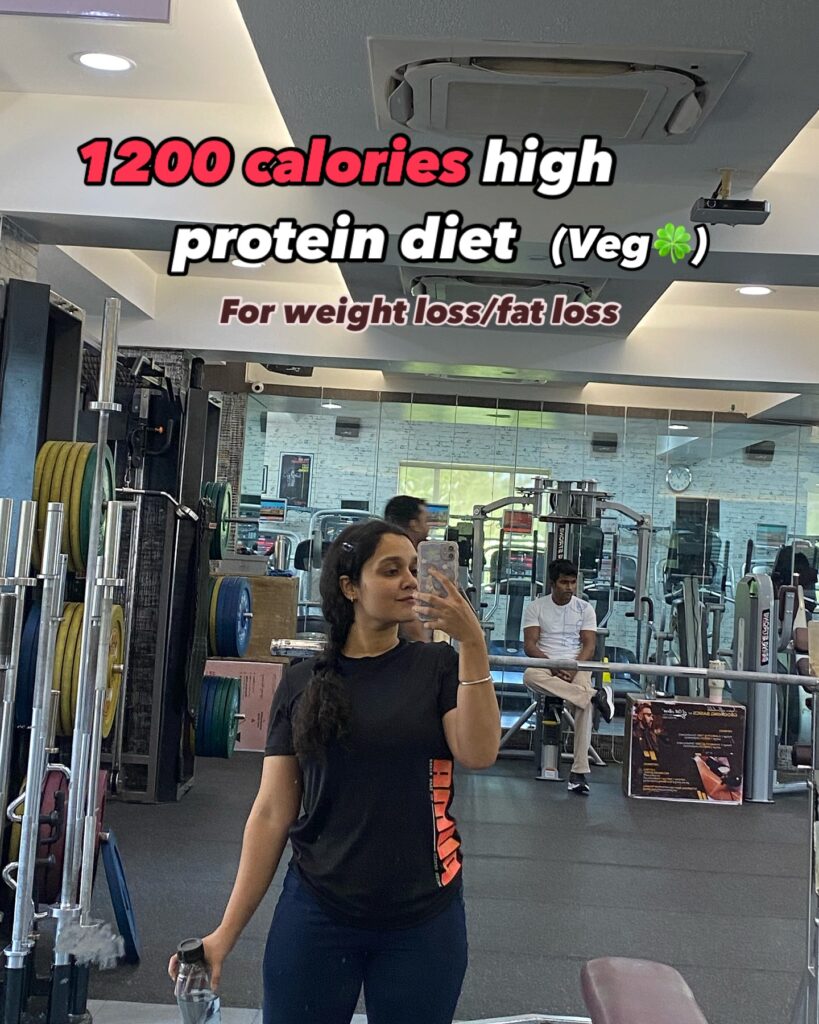
Customization & Substitutions
Vegetarian/Vegan Options:
- Use tofu, lentils, tempeh instead of meat
- Chia pudding or coconut yogurt for dairy
Gluten-Free Adjustments:
- Replace bread with GF oats, rice cakes, lettuce wraps
Easy Swaps Table:
| Original | Vegetarian | Keto | Gluten-Free |
| Chicken | Tofu | Extra salmon | Chicken |
| Quinoa | Lentils | Cauliflower | Rice |
| Bread | Sweet potato | Lettuce wrap | GF Bread |
Meal Prep & Snacking Strategies
Batch Cooking:
- Prepare proteins and grains in advance
Portion Control:
- Use portioned meal prep containers
Smart Snacking:
- Pre-pack 100-calorie nut or fruit servings
Challenges & Smart Solutions
Hunger:
- Drink water before meals
- Eat protein and fiber with every meal
Eating Out:
- Review menus ahead of time
- Ask for dressings on the side
- Choose grilled proteins & steamed veggies
Frequently Asked Questions
Is 1,200 calories enough?
For most sedentary women, yes. Active individuals need more.
How fast will I lose weight?
Typically 1-2 pounds per week.
Can I have cheat meals?
One controlled higher-calorie meal per week is fine.
What if I plateau?
Try:
- Adjusting macros
- Increasing NEAT (non-exercise activity)
- Recalculating your TDEE
Exercise Guidance
Recommended:
- Walking (30–60 minutes/day)
- Yoga or Pilates
- Light strength training (2x/week)
Avoid:
- High-intensity cardio
- Heavy lifting while on calorie deficit
Transition to Maintenance
Post-Plan Tips:
- Add 100–200 calories weekly
- Aim for 1,500–1,800 daily for maintenance
- Keep up high-protein, whole-food meals
- Monitor weight, energy, and hunger signals
Real Results: What You Can Expect in 4 Weeks
- Lose 4–8 pounds (based on a 500–750 calorie deficit)
- Notice improved energy, reduced bloating
- Establish consistent meal prep habits
- Feel in control of portion sizes and hunger
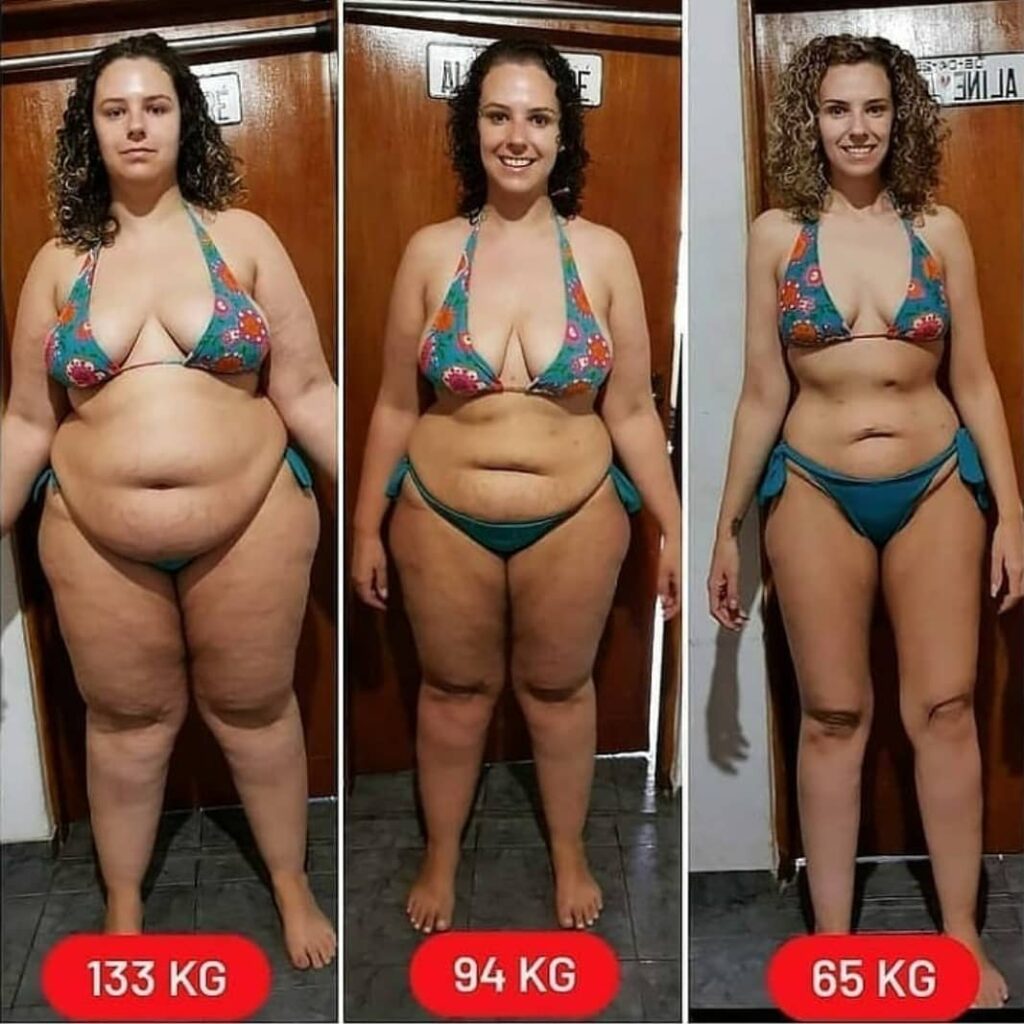
“I didn’t feel like I was dieting—I felt like I finally had a plan.”

